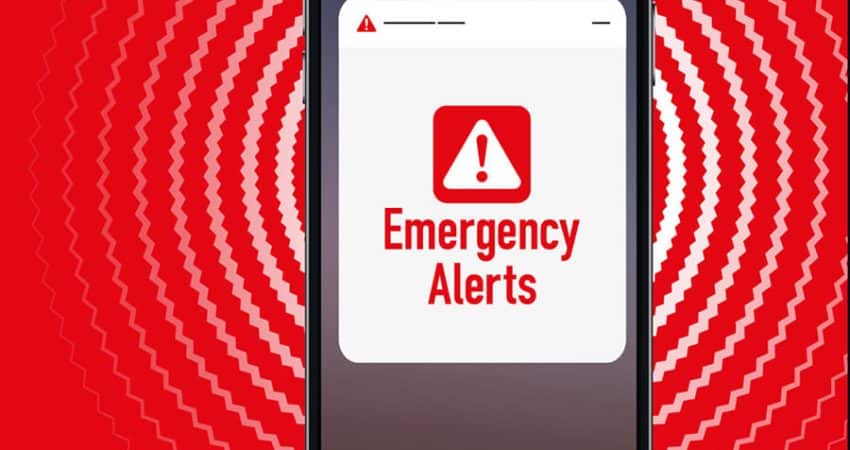
In today’s fast-paced world, effective crisis communication is critical for organizations of all sizes. Whether it’s a natural disaster, a security threat, or an operational emergency, timely communication can mean the difference between safety and chaos. One of the most effective tools for crisis communication is an emergency SMS alert system. This article explores how these systems work, their benefits, and best practices for implementation.
Understanding Emergency SMS Alert Systems
An emergency SMS alert system is a communication tool that allows organizations to send text messages to a large number of recipients quickly and efficiently. These systems are designed to deliver critical information during emergencies, ensuring that stakeholders receive timely updates. Messages can range from alerts about severe weather conditions to instructions on how to respond to a crisis.
Key Features of Emergency SMS Alert Systems
- Mass Messaging Capability: The ability to send messages to thousands of recipients simultaneously.
- Real-Time Updates: Instant notifications that keep recipients informed about rapidly changing situations.
- User-Friendly Interface: Easy-to-use platforms that allow non-technical staff to send alerts quickly.
- Customizable Messaging: The option to tailor messages for different audiences, such as employees, customers, or stakeholders.
- Integration with Other Systems: Compatibility with existing communication platforms or emergency management systems.
The Importance of SMS in Crisis Communication
1. Speed and Efficiency
In times of crisis, every second counts. SMS alert systems provide a fast and efficient way to disseminate information. Unlike emails or phone calls, SMS messages are more likely to be read promptly, as they are typically opened within minutes of receipt. This immediacy is crucial during emergencies when timely information can save lives.
2. High Engagement Rates
Text messages boast higher engagement rates compared to other forms of communication. Statistics show that SMS messages have an open rate of over 90%, meaning that recipients are more likely to read them. This high engagement is essential for ensuring that critical information reaches everyone involved.
3. Accessibility
Almost everyone has access to a mobile phone, making SMS an inclusive communication method. Emergency SMS alert systems can reach people regardless of their location, ensuring that those who may be away from their desks or offices still receive important updates.
4. Cost-Effective Solution
Implementing an emergency SMS alert system is often more cost-effective than other communication methods, particularly for large organizations. Many SMS alert providers offer scalable pricing plans, allowing organizations to pay only for what they need.
Benefits of Implementing an Emergency SMS Alert System
1. Enhanced Safety
The primary benefit of an emergency SMS alert system is enhanced safety. By delivering timely alerts, organizations can inform employees and stakeholders about potential dangers, evacuation procedures, or safety protocols. This proactive approach can significantly reduce the risk of injury or harm.
2. Improved Coordination
In any crisis situation, coordination is key. SMS alerts can streamline communication between teams and departments, ensuring everyone is on the same page. This coordinated approach can facilitate quicker decision-making and more effective responses.
3. Real-Time Feedback
Many emergency SMS alert systems allow for two-way communication, enabling recipients to respond to alerts. This feedback mechanism can be invaluable during crises, as it allows organizations to assess the situation and adjust their responses accordingly.
4. Documentation and Reporting
An emergency SMS alert system can also serve as a valuable documentation tool. All messages sent and received can be logged, providing a record of communication during the crisis. This documentation can be useful for post-crisis analysis and reporting.
Best Practices for Implementing an Emergency SMS Alert System
1. Choose the Right Provider
Selecting the right SMS alert system provider is crucial. Look for a provider with a proven track record, robust features, and excellent customer support. Consider conducting a trial period to evaluate the system’s effectiveness before making a long-term commitment.
2. Segment Your Audience
Not all messages will be relevant to all recipients. Segmenting your audience allows you to tailor messages based on specific roles, locations, or departments. This ensures that everyone receives information that is pertinent to them, minimizing confusion.
3. Create Clear and Concise Messages
During a crisis, clarity is paramount. Messages should be straightforward and easy to understand. Avoid jargon and ensure that all instructions are clear. Use simple language to convey essential information quickly.
4. Test the System Regularly
Regular testing of your emergency SMS alert system is critical to ensure it functions correctly when needed. Conduct drills to simulate crisis scenarios and evaluate the effectiveness of your communication strategies. This practice will help identify any weaknesses and improve your response plans.
5. Train Your Staff
Ensure that all relevant staff members are trained on how to use the SMS alert system effectively. Provide training sessions on message creation, audience segmentation, and system troubleshooting. Well-prepared staff will be more confident in using the system during an actual crisis.
6. Solicit Feedback
After a crisis, gather feedback from recipients about the effectiveness of the SMS alerts. Understanding their experiences can help refine your communication strategies and improve future responses.
Conclusion
In an era where crises can arise unexpectedly, having an effective emergency SMS alert system is crucial for any organization. By streamlining crisis communication, these systems enhance safety, improve coordination, and facilitate real-time feedback. Implementing best practices such as choosing the right provider, segmenting your audience, and conducting regular tests will ensure that your organization is prepared to respond effectively in any emergency.















